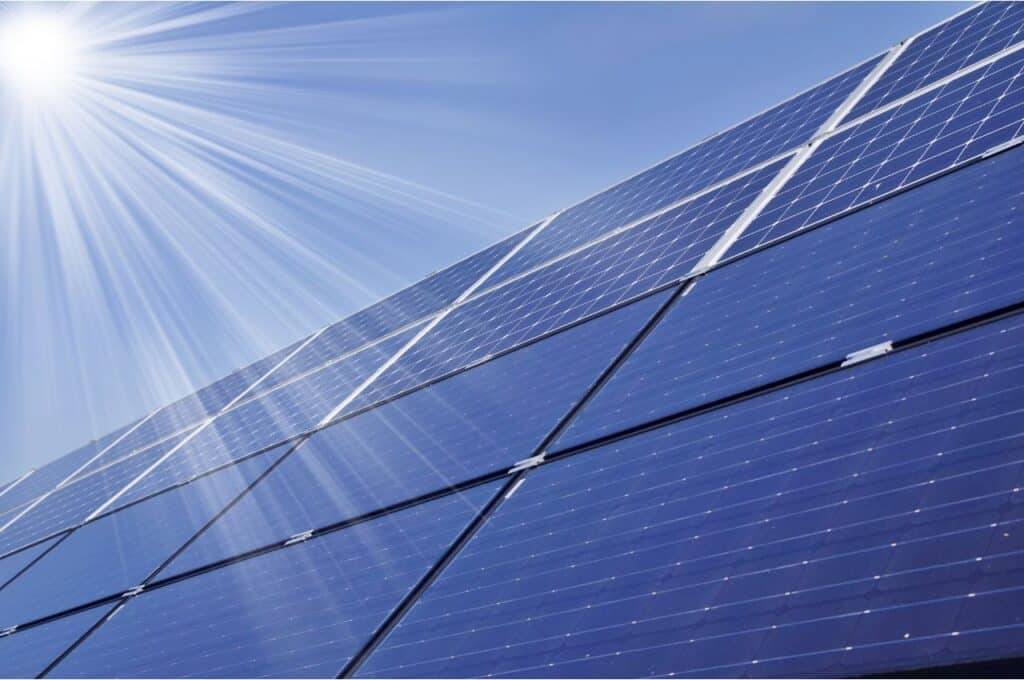In the contemporary age, where property management necessitates a keen eye for detail, ensuring a pest-free environment stands out as a paramount concern. After all, no tenant, customer, or guest ever wishes to have an unsolicited encounter with pests. Fortunately, the world of pest control devices has evolved remarkably, offering an array of solutions tailored for every conceivable pest problem. For property managers, or anyone keen on safeguarding their environment, understanding these devices is not just useful – it’s essential.

Smarter Pest Control, Fewer Headaches.
Why Property Managers Need to Invest in Pest Control?
Reputation Management:
Any talk of pests can tarnish the reputation of a property. Whether you’re dealing with a residential complex, a commercial building, or a luxurious resort, the mere whisper of a pest problem can result in a PR nightmare. It’s not just about the actual presence of pests; it’s the perception of negligence that can be particularly damaging.
Health Concerns:
Pests, ranging from rodents to cockroaches, are notorious carriers of various diseases. For instance, rats can spread hantavirus, while mosquitoes are vectors for dengue and malaria. For property managers, it’s not merely about property upkeep but ensuring the health and well-being of all its occupants.
Structural Damage:
Some pests, like termites, pose a direct threat to the structural integrity of buildings. They gnaw through wood, wallpaper, and even some metals, causing damages that can run into thousands of dollars. Early intervention using the right pest control devices can prevent these expensive repairs.
Pest Control Devices: The Modern Arsenal
Understanding the vast array of devices available can be daunting. However, categorizing them based on their functions and the pests they target can be a helpful starting point.
Electronic Devices:
These devices employ various technologies. Ultrasonic repellents, for example, emit high-frequency sound waves that are intolerable to pests like rodents but are imperceptible to humans. They’re non-intrusive and can be particularly effective when placed strategically.
Light-based Devices:
Especially effective against flying insects like mosquitoes and moths, these devices use UV light to attract pests. Once they get close, a high-voltage electric grid zaps them. While they’re efficient, they need to be placed carefully to avoid accidental contact.
Traps:
From traditional mouse traps to glue boards, trapping devices are a mainstay in pest control. They work by either luring the pest into the device (using bait) or strategically placing them in high-traffic areas for pests. They’re effective but often require regular monitoring and maintenance.
Factors to Consider Before Investing
Before making a decision, property managers should ponder several considerations:
Scale of Infestation:
Is the problem a minor one, like a few ants trailing in the summer, or a more severe issue, like a rat infestation? The scale often determines the kind of device required.
Safety:
If the property often has children or pets around, some devices might not be suitable due to potential hazards.
Maintenance Needs:
Some devices are set-and-forget, while others require regular maintenance. Property managers need to decide based on their commitment levels and available time.
A pest-free property is not just a desirable goal; it’s a necessity in today’s competitive property market. With an understanding of the pest control devices available and their applications, property managers can make informed decisions that will benefit both them and their occupants. The subsequent sections of this guide will delve deeper into each device’s intricacies, their pros and cons, and practical tips for maximizing their efficacy.
Handheld Pest Control Devices
Handheld pest control devices are portable tools that can be manually operated to target specific pests. They usually provide immediate results and are favored for their ease of use and direct approach.
Types of handheld pest control devices:
Bug Zappers:
These are electric rackets that exterminate pests upon contact, utilizing a battery-powered electric grid. Especially useful against flying insects, a single swing can eliminate mosquitoes, flies, and even bees.
Spray Dispensers:
These handheld devices allow users to dispense organic or chemical repellents/pesticides. They’re perfect for spot treatments, like targeting a particular ant mound or a wasp nest.
Advantages:
Direct Targeting:
Can be used to address specific problem areas without affecting the larger environment.
Portability:
They can be carried around, making them perfect for both indoor and outdoor use.
Immediate Results:
Most handheld devices offer instantaneous results.
Drawbacks:
Manual Operation:
They require human intervention, making them less suitable for extensive infestations.
Safety Concerns:
If not used correctly, they can pose risks, especially the chemical-based sprayers.
Carbon Monoxide Pest Control Devices
These devices utilize carbon monoxide (CO) to exterminate pests, particularly those dwelling underground like moles, voles, and gophers. By filling their burrows with CO, it deprives the pests of oxygen, causing them to perish.
How It Works:
Fuel Combustion:
Devices burn fuel, producing carbon monoxide as a by-product.
Burrow Injection:
The gas is then introduced into the pests’ burrows, either manually or using a hose attachment.
Advantages:
Extensive Coverage:
Perfect for large areas like gardens, golf courses, and farms.
Non-Invasive:
Does not involve digging or any other disruptive measures.
Environmentally Friendly:
Unlike chemical pesticides, CO disperses quickly, leaving no harmful residues.
Drawbacks:
Safety Precautions Needed:
Carbon monoxide is a lethal gas for humans too. It’s crucial to ensure no leaks or exposure while using these devices.
Potential for Overuse:
Care should be taken not to overuse and harm other beneficial fauna in the process.
Requires Monitoring:
To ensure complete extermination, it’s often necessary to monitor and treat multiple times.
Handheld and carbon monoxide devices each offer unique advantages, catering to different needs and pests. For property managers, understanding when and how to use them is paramount. Handheld devices are perfect for immediate, targeted action, while CO devices offer extensive, environmentally-friendly solutions for underground pests. As with all pest control measures, safety and moderation are key. Ensuring proper usage not only maximizes efficiency but also safeguards the health of both humans and the environment. In the subsequent sections, we’ll explore other specialized devices, delving into their operations and best use scenarios.
Solar-Powered Pest Repellents
Definition & Operation:
These are devices powered by solar energy, designed to deter various pests. Most commonly, they emit ultrasonic or vibrational frequencies that are unpleasant for pests but are harmless to humans and pets.

Advantages:
Sustainability:
No consumption of electricity or batteries, thus reducing carbon footprints.
Low Maintenance:
Once installed, they need minimal oversight, except for occasional cleaning of solar panels.
Safe for Beneficial Insects: They do not harm bees, butterflies, and other beneficial insects.
Drawbacks:
Weather Dependent:
Their efficiency can be compromised on cloudy days or during prolonged periods without sunlight.
Beneficial Insects and Nematodes
Definition & Operation:
Instead of repelling pests, this approach introduces natural predators like ladybugs, praying mantises, or beneficial nematodes. These predators help keep pest populations in check.
Advantages:
Natural Balance:
Helps maintain the ecosystem’s balance without introducing chemicals.
Self-Sustaining:
Once introduced, these predators can establish themselves and continue to keep pests at bay.
Chemical-Free:
A completely organic method, free from any toxins or harmful substances.
Drawbacks:
Requires Knowledge:
Understanding which beneficial insect to introduce and in what quantities is essential.
Potential Overpopulation:
If unchecked, even beneficial insects might increase in numbers, leading to other problems.
Botanical Repellents
Definition & Operation:
Derived from plants known to repel pests, these repellents can be in the form of sprays, granules, or even live plants like citronella or marigolds.
Advantages:
Natural & Safe:
They pose no threat to humans, pets, or the environment.
Dual-Purpose:
Some plants, like lavender, not only repel pests but also beautify spaces and offer pleasant aromas.
Drawbacks:
Short-Lived:
Botanical repellents often need frequent reapplication.
Limited Scope:
They may not be effective against all pests.
Conclusion for this Section:
Eco-friendly pest control devices offer a blend of efficacy and sustainability, making them perfect for property managers keen on maintaining green standards. The key lies in understanding the specific needs of the property and then aligning them with the most suitable eco-friendly option. While these methods might sometimes require more research or initial effort, their long-term benefits for the environment and human health are undeniable. As the world leans more towards sustainable solutions, embracing eco-friendly pest control measures can also elevate a property’s appeal to environmentally-conscious tenants or clients. In upcoming sections, we will further discuss integrating these methods into a holistic pest control strategy.





